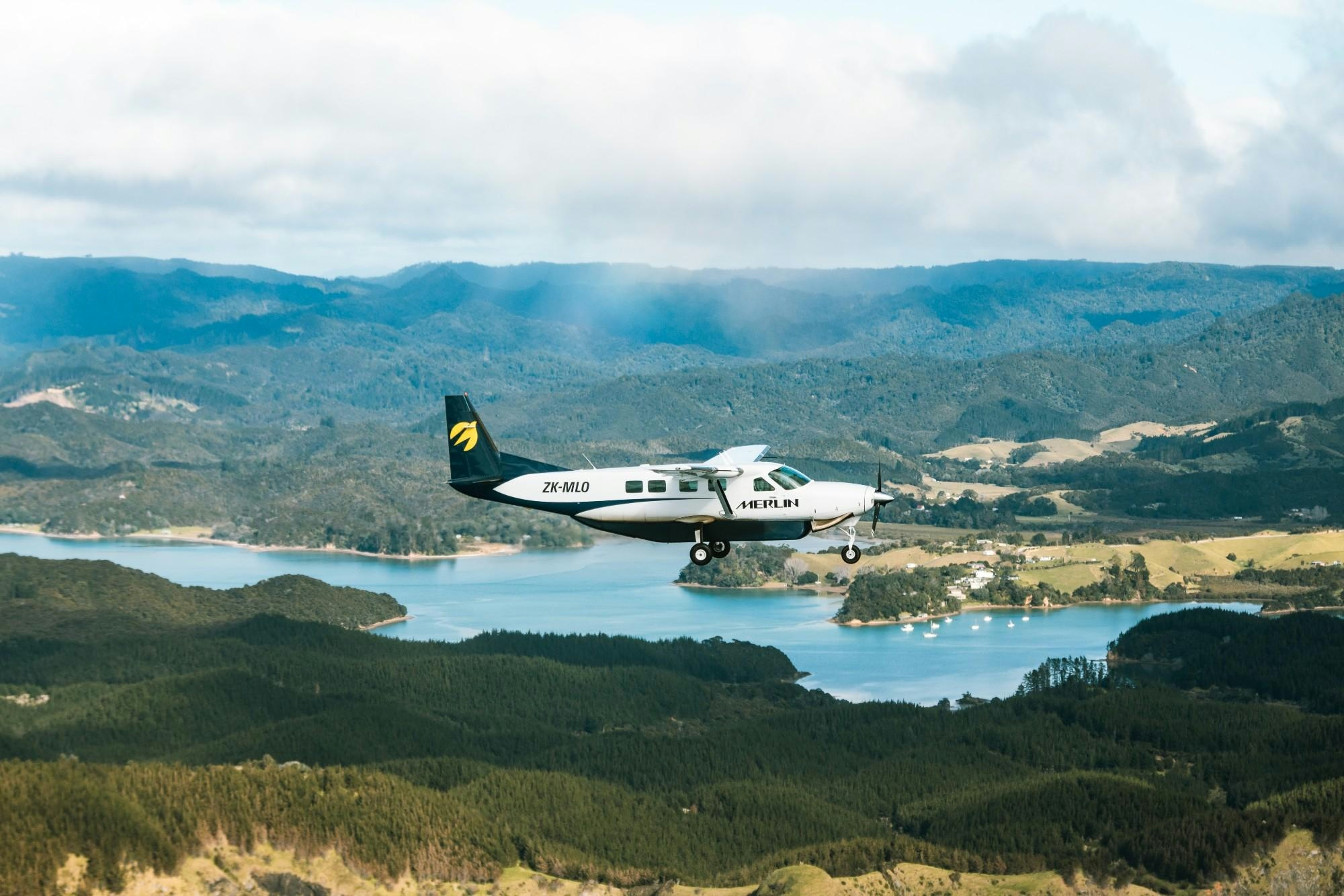
AeroGenie - مساعد الطيار الذكي الخاص بك.
الرائج الآن
Categories
Lufthansa to Operate Airbus A380 Into the 2030s
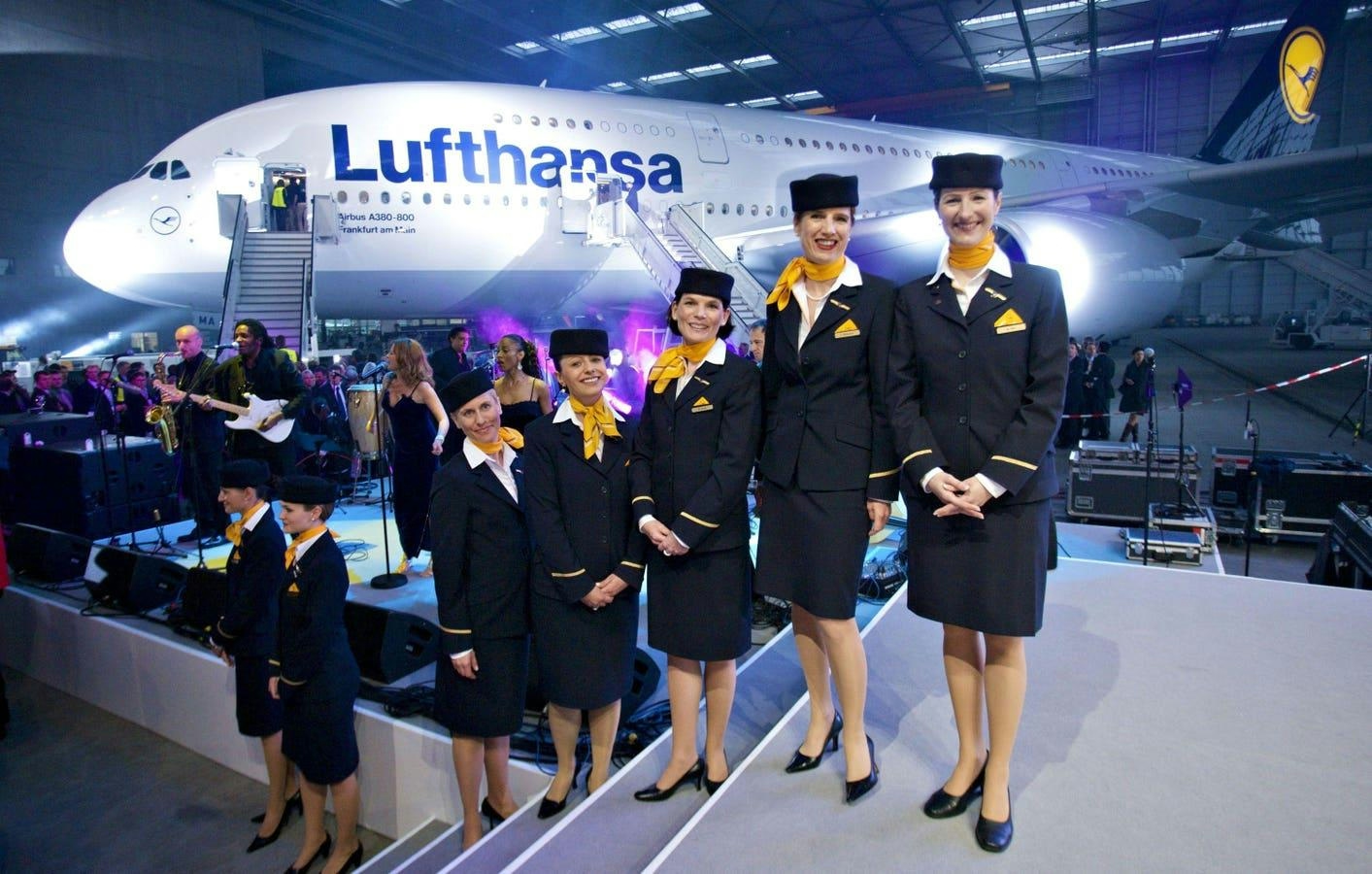
Lufthansa to Operate Airbus A380 Into the 2030s
Lufthansa has announced plans to extend the operational life of its Airbus A380 fleet well into the early 2030s, defying earlier expectations that the double-decker superjumbo would be retired imminently. This decision marks a significant shift from the outlook during the height of the COVID-19 pandemic, when the collapse in global aviation demand led many to view large four-engine aircraft as increasingly obsolete.
Extending Service Amid Delivery Delays
The German flag carrier, a founding member of the Star Alliance, revealed that its A380s will remain in service for at least another five years. This extension is largely driven by substantial delays in the delivery of newer, more fuel-efficient widebody aircraft, including the Airbus A350-1000 and Boeing 777-9. During the airline’s recent third-quarter financial results briefing, CEO Carsten Spohr emphasized that these setbacks have necessitated prolonging the use of older jets. Alongside the A380s, the Airbus A340-600 fleet will also continue flying until mid-2026. Spohr characterized this strategy as a “business necessity” to bridge the gap until the arrival of new aircraft.
Navigating a Challenging Market Environment
Lufthansa’s commitment to the A380 comes amid a complex and challenging market landscape. The airline is contending with rising operational costs, subdued passenger demand, and intensifying competition from Germany’s expanding high-speed rail network. These factors have already compelled Lufthansa to reduce its domestic flight schedule by 100 weekly departures. The A380’s inherently high operating expenses, combined with the broader industry trend favoring more efficient twin-engine aircraft such as the Boeing 787 and Airbus A350, add further complexity to the carrier’s fleet management strategy.
Despite these challenges, Lufthansa has invested in refurbishing its A380 cabins, including the installation of new business class seats, to enhance passenger experience and optimize returns on these aircraft during their extended service period. While leasing aircraft might appear a straightforward alternative to cover fleet shortfalls, industry experts note that reactivating stored jets or extending the lifespan of existing planes is often faster and more cost-effective.
Strategic Considerations and Fleet Outlook
Lufthansa’s approach reflects the distinct operational dynamics it faces compared to other major European airlines like Air France-KLM and IAG. The German carrier’s strategy is influenced by unique market pressures, including domestic rail competition and shifting passenger preferences. Currently, Lufthansa operates eight Airbus A380s, according to fleet data from ch-aviation.
The decision to maintain the A380 fleet underscores the ongoing challenges in aircraft deliveries and the evolving realities of the post-pandemic aviation sector. As Lufthansa adapts to these conditions, the Airbus A380—once considered a symbol of an earlier era in aviation—will continue to play a vital role in the airline’s long-haul operations well into the next decade.
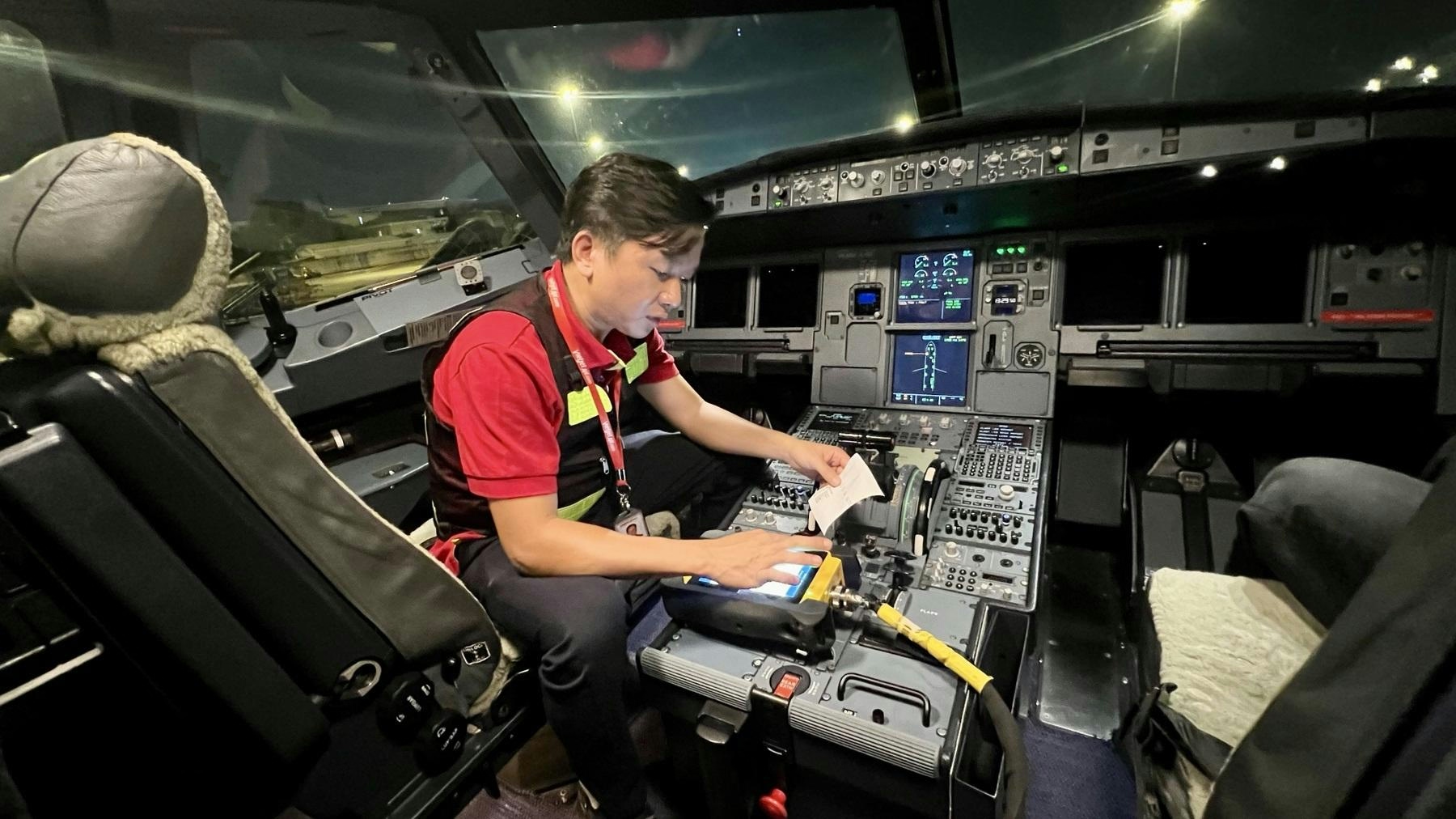
Inside Vietjet’s 32-Hour Emergency Response to Keep Airbus Fleet Operational
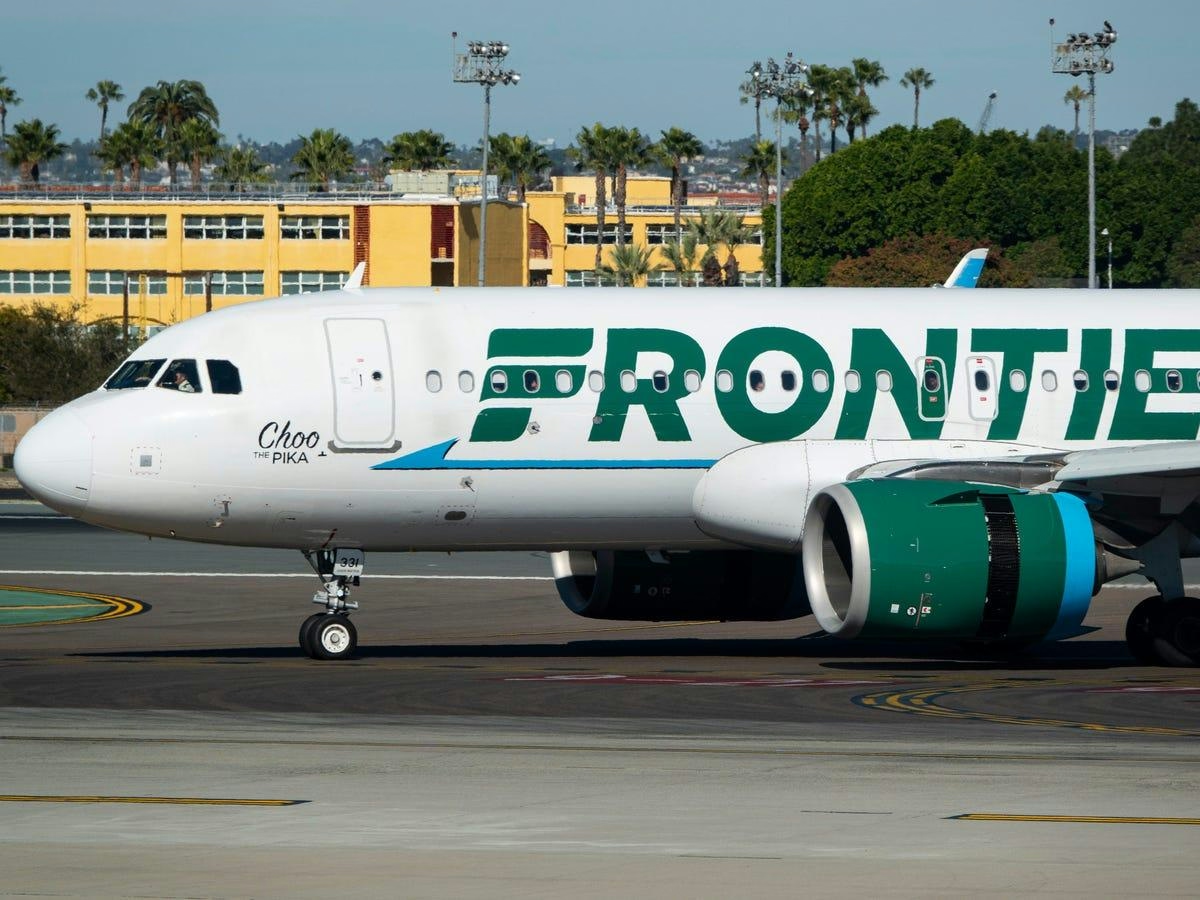
Frontier Airlines Airbus A321neo Returns to Cleveland After Engine Fire
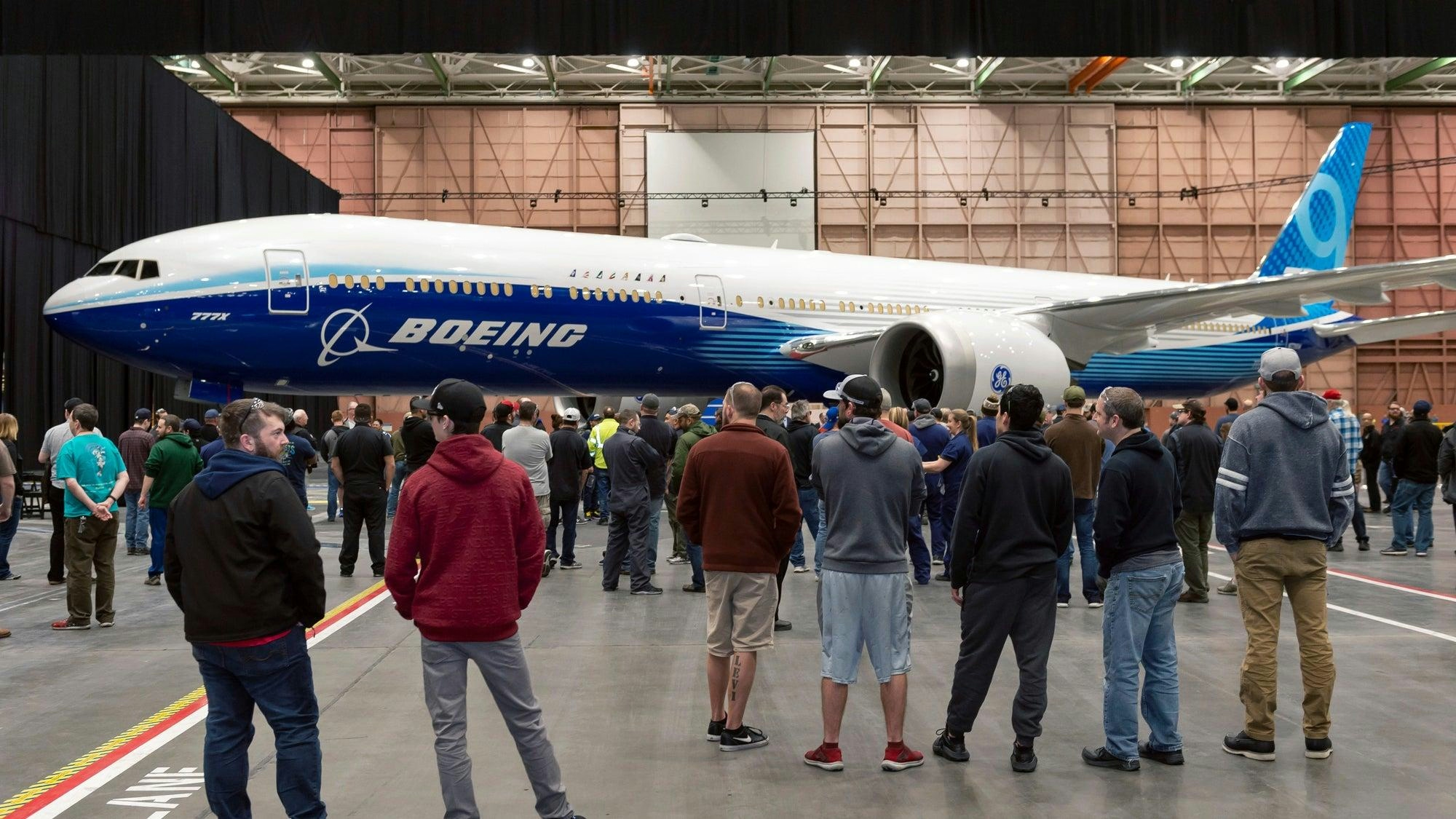
Why the Boeing 777X Is Limited to a Single Engine Type
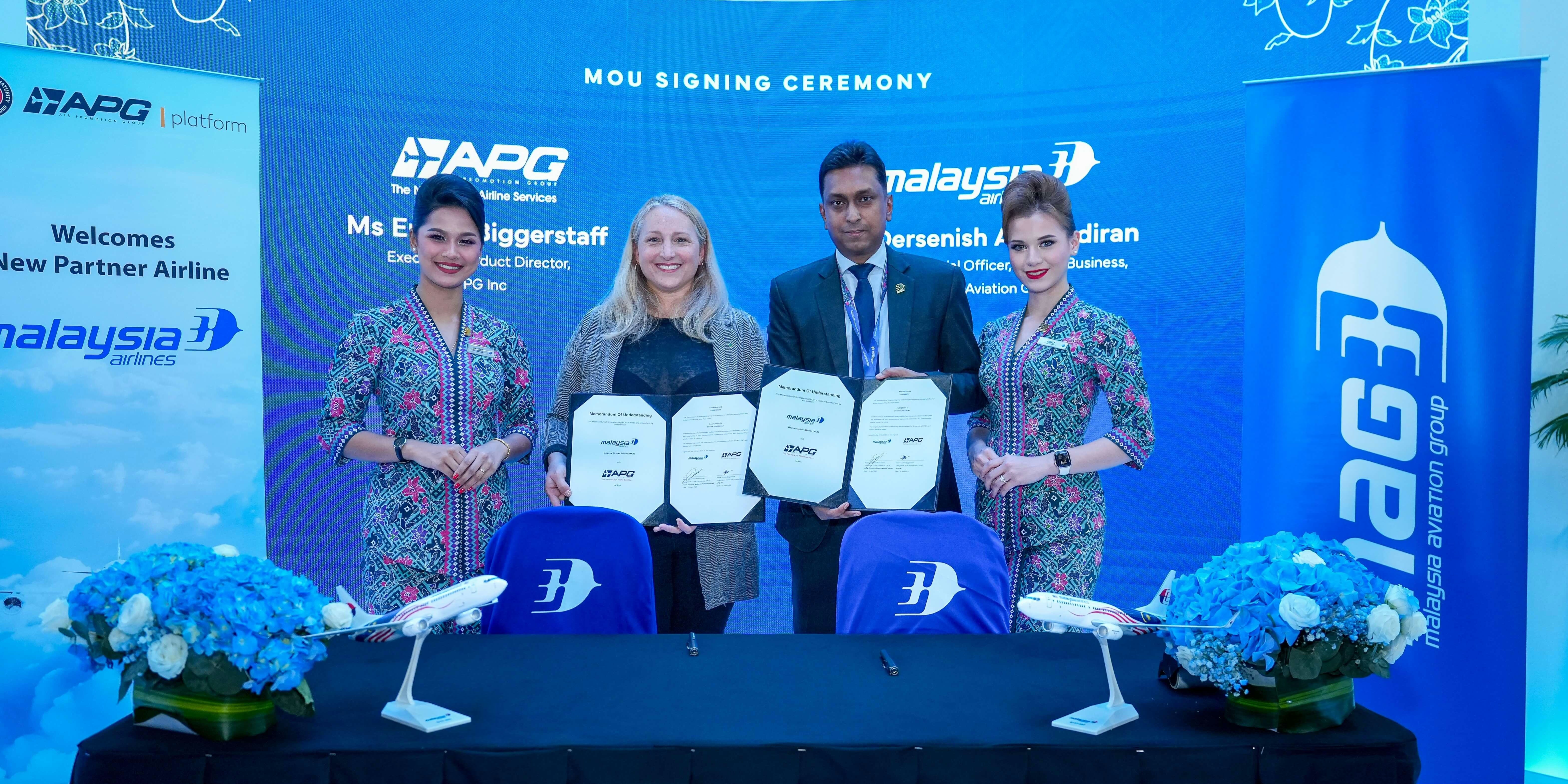
Malaysia Aviation Group Announces Long-Term Business Plan

TrueNoord Expands Executive Team

Hartzell Launches Sky-Tec Starter Line
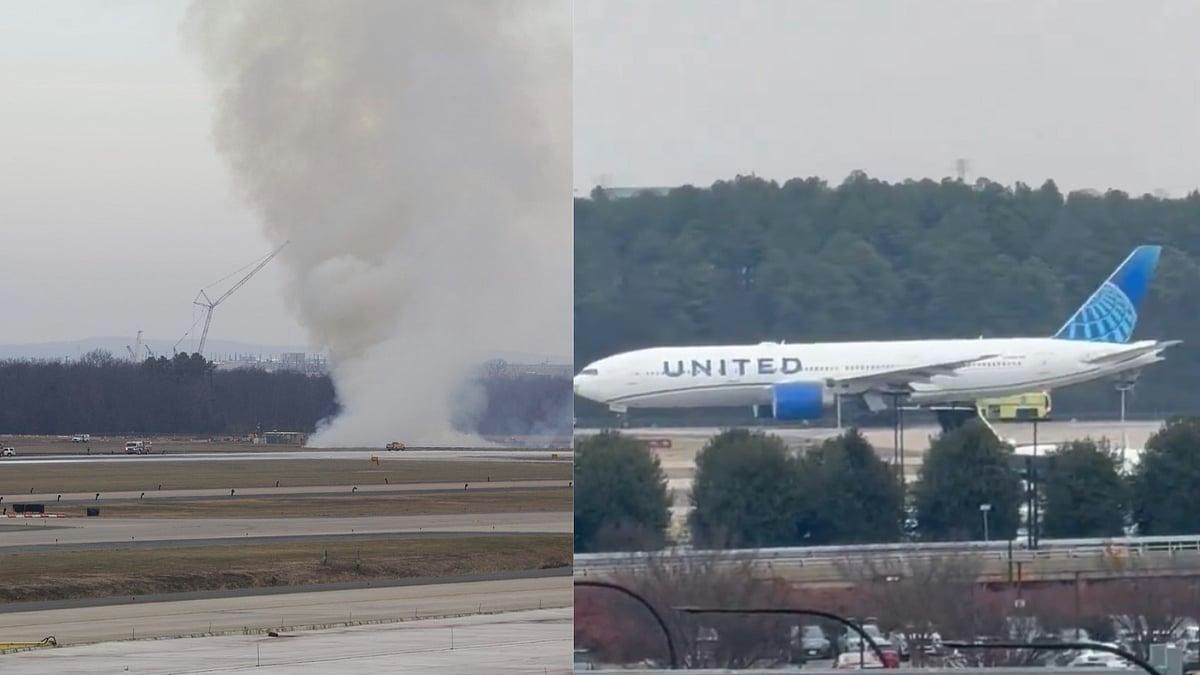
Boeing 777 Engine Failure Reported at Dulles Airport
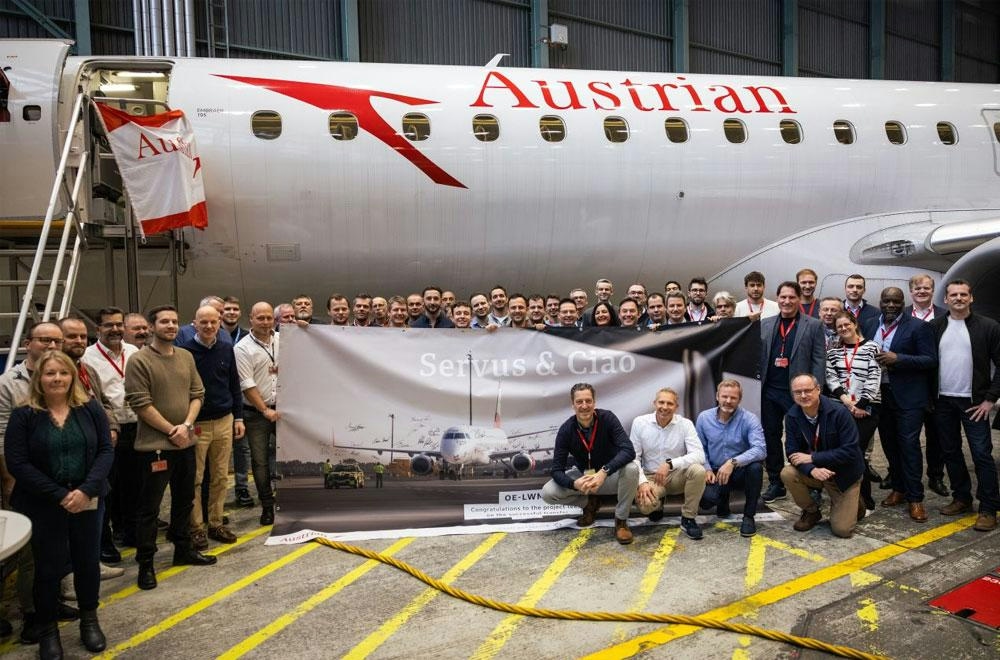
Austrian Airlines Transfers Embraer Fleet to Air Dolomiti

Airbus and Ingenium Open Aerospace Innovation Lab in Ottawa
